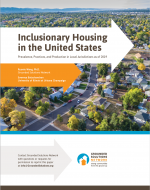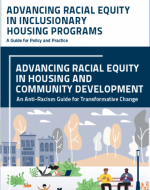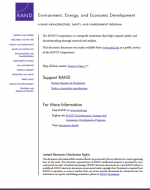No one policy or program alone will meet a community’s affordable housing needs. While inclusionary housing is only one tool in the toolbox, it’s an important one. Most inclusionary housing programs require homes to remain affordable for at least 30 years, meaning that even if the program produces a relatively small number of units each year, the total stock of affordable homes grows over time.
By the Numbers:
Over 100,000— Affordable units produced by a subset of 258 inclusionary housing programs across the nation.*
$1.76 billion— fees collected by a subset of 123 inclusionary housing programs across the nation for affordable housing purposes. *
426— Average affordable units produced by a subset of 258 inclusionary housing programs across the nation. *
7%— The neighborhood (census block group) poverty rate of a typical inclusionary housing unit is significantly lower than the poverty rate (16%) in neighborhoods without inclusionary housing units within the same jurisdictions. Inclusionary units are in low-poverty neighborhoods and the same study suggests that inclusionary units are in areas assigned to higher-performing schools than those without inclusionary units. *
The way you design your program can make a difference in how many units it produces. The most productive programs share certain features: they are , offer , allow developers flexibility with multiple options for , and require .
Inclusionary housing can be an important source of units over time. Brown* found that inclusionary housing accounted for half of Montgomery County’s affordable housing production, and Mukhija and colleagues* found that inclusionary programs in Southern California were producing about as many units annually as the Low Income Housing Tax Credit (LIHTC)program – the country’s largest housing subsidy program – was creating.
Units produced isn’t the only measure of impact for inclusionary housing programs. Communities must also attend to how well their inclusionary housing programs advance .






